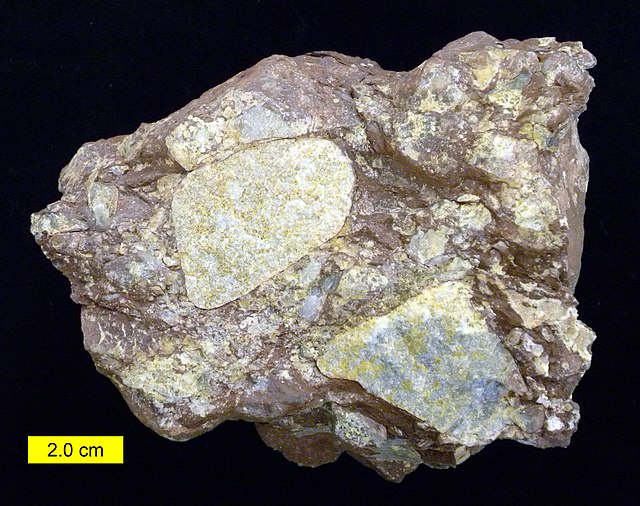The Portland Formation is a geological formation in Connecticut and Massachusetts in the northeastern United States. It dates back to the Early Jurassic period. The formation consists mainly of sandstone laid down by a series of lakes and the floodplain of a river. The sedimentary rock layers representing the entire Portland Formation are over 4 kilometres (2.5 mi) thick and were formed over about 4 million years of time, from the Hettangian age to the late Hettangian and Sinemurian ages.
Image: Anchisaurus NT
Image: Redfieldius gracilis
Image: Semionotus bergeri
Image: Holcoptera schlotheimi elytron NHMUK I.6653
The Newark Supergroup, also known as the Newark Group, is an assemblage of Upper Triassic and Lower Jurassic sedimentary and volcanic rocks which outcrop intermittently along the east coast of North America. They were deposited in a series of Triassic basins, the Eastern North American rift basins, approximately 220–190 million years ago. The basins are characterized as aborted rifts, with half-graben geometry, developing parallel to the main rift of the Atlantic Ocean which formed as North America began to separate from Africa. Exposures of the Newark Supergroup extend from South Carolina north to Nova Scotia. Related basins are also found underwater in the Bay of Fundy. The group is named for the city of Newark, New Jersey.
Late Triassic Balls Bluff siltstone of the Bull Run Formation in Manassas, Virginia
Late Triassic New Oxford Conglomerate in York County, Pennsylvania
Early Jurassic Preakness Basalt, New Jersey
Feltville Formation in New Jersey








